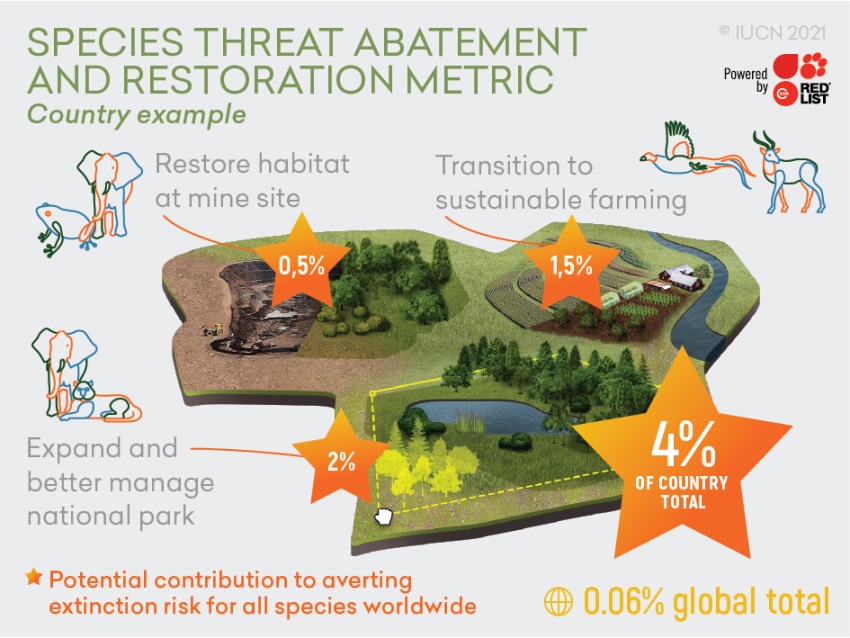- In October 2021 Parties to the UN Convention on Biological Diversity will meet to determine the post-2020 global biodiversity framework.
- Despite commitments made in 2010, biodiversity has further declined over the past decade.
- An ambitious new biodiversity framework is needed to achieve the UN Sustainable Development Goals, and the vision of living in harmony with nature by 2050.
- The framework must aim to halt biodiversity loss by 2030 and achieve recovery by 2050, which requires additional investment in nature equivalent to between 0.7 and 1% of annual global GDP.
- Targets in the framework should be measurable, underpinned by science, and have explicit outcomes.
The degradation of ecosystems and decline of biodiversity exacerbate climate change and threaten the natural processes which protect human health and provide clean air, water and food.
Healthy ecosystems support 55% of global GDP, and the conservation and sustainable use of biodiversity underpins sustainable development. An ambitious new framework is therefore needed to achieve the UN Sustainable Development Goals, and the vision of living in harmony with nature by 2050.
The framework and the UN Decade on Ecosystem Restoration are opportunities to reverse nature loss at scale. To do so is critical to solving the climate crisis. Healthy ecosystems protect communities from climate change impacts like extreme weather, and nature-based solutions could provide up to 37% of our climate change mitigation needs as per the Paris Agreement.



